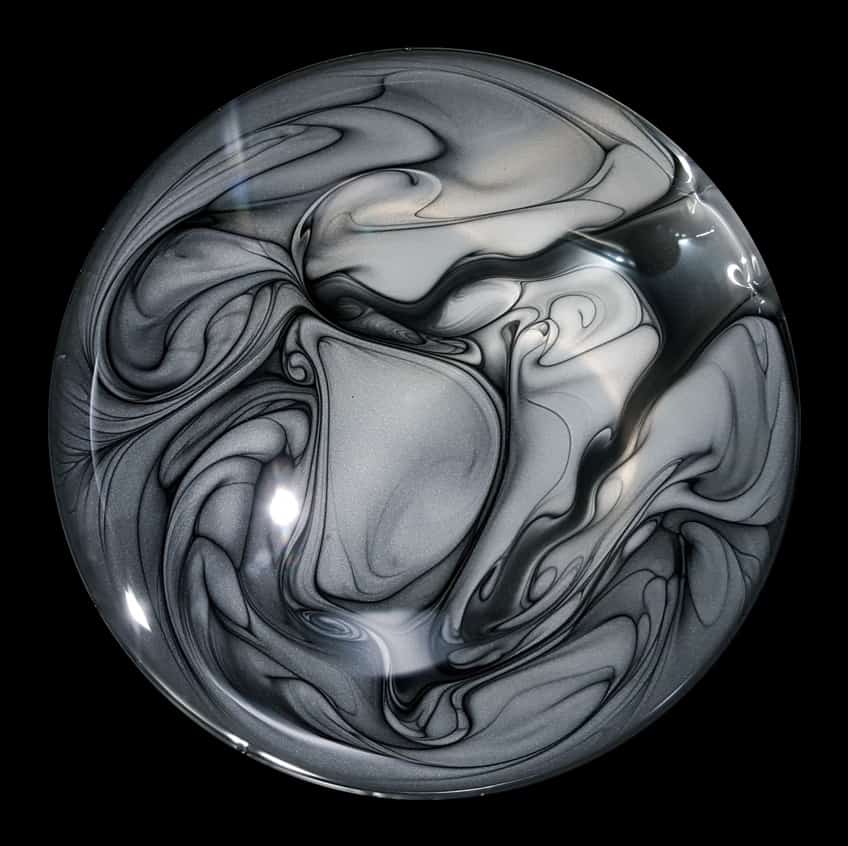 Jason Ford
Jason Ford
News Editor
Is there anything that graphene or graphene-based materials can’t be employed to do, given their numerous properties?
A quick search on The Engineer’s website shows that graphene appears over 9,000 times in applications that make use of properties that include superior strength and flexibility, optical transparency, biocompatibility, and electrical conductivity.
That’s not a bad return for a material that was isolated for the first time in 2004 by Manchester University’s Andre Geim and and Konstantin Novoselov.
In 2010 the Manchester pair were awarded the Nobel Prize in Physics for their groundbreaking work with the two-dimensional material and since that time the material has appeared in light bulbs, graphene-based neural probes, prostheses, condoms, audio speakers, tyres, and aircraft parts. The list goes on, with each application seeming to confirm the sense that graphene has the potential to truly revolutionise the world around us.
It won’t, therefore, have come as a surprise to see Manchester’s excellent Museum of Science and Industry (MOSI) embark on a year-long celebration of graphene in its Wonder Materials exhibition.
Created in conjunction with Manchester University’s National Graphene Institute, the graphene showcase was joined earlier in the year by a new section titled From now to the future, which features – among other exhibits – a graphene biosensor donated by exhibition sponsors Haydale.
The company is working with partners to develop a biosensor that could become part of an economical, printed test strip for biomedical applications.
Wonder Materials, the UK’s first major exhibition on graphene, seeks to combine science, history, and art to tell the story on the material and readers have until June 25, 2017 to visit the exposition, which is free to enter.

A less obvious but no less important contribution to public engagement can be found today at EPSRC, which has announced the winners of Science Photography Competition.
In keeping with today’s theme, the overall winner (pictured above) is being celebrated for capturing powdered graphite swirling around in alcohol to produce an image that at first glance looks like a psychedelic work by MC Escher.
In the lab the powdered graphite in alcohol is used to produce conductive ink. According to EPSRC, the ink is forced at high pressure through micrometre-scale capillaries made of diamond. This rips the layers apart resulting in a smooth, conductive material in solution.
The image, titled 'Graphene - IPA Ink', was captured by Cambridge University’s James Macleod, who said: “We are working to create conductive inks for printing flexible electronics and are currently focused on optimising our recipe for use in different printing methods and for printing onto different surfaces. This was the first time we had used alcohol to create our ink and I was struck by how mesmerising it looked while mixing.”
"Scientists and engineers are often so busy focusing on the technical details of their research that they can be blind to what everyone else sees first: the aesthetics of their work," added Dr Helen Czerski, one of the competition's judges and lecturer at UCL. "Science is a part of our culture, and it can contribute in many different ways. This competition is a wonderful reminder of the emotional and artistic aspects of science, and it's great that EPSRC researchers have found this richness in their own work."
A full list of completion categories and winners can be found at EPSRC.










Fusion inches closer as ITER completes magnet system
I believe the purpose of ITER isn't to make usable power, it is a research project which will be used to design the first generation of actual...